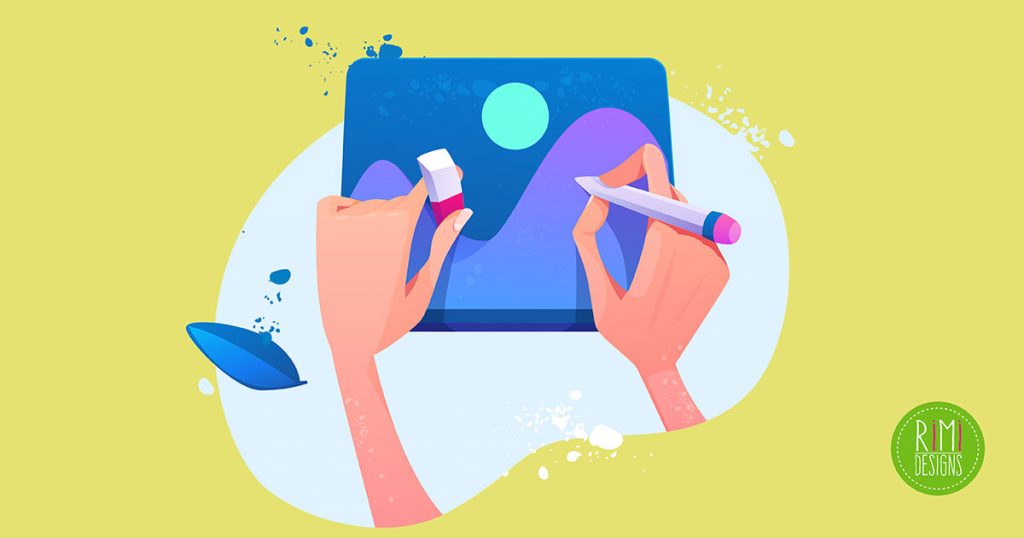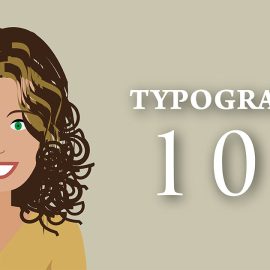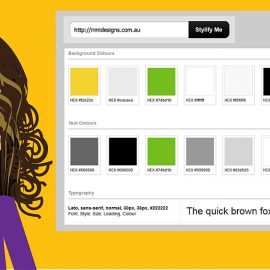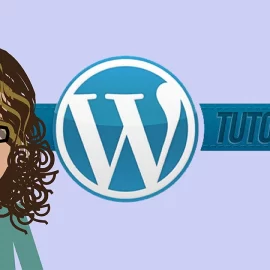
How to Design Better and Faster
We all want to work smarter and better. There are a lot of things you can do to improve your productivity, such as knowing where to find inspiration, how to work more efficiently and how to handle client relationships.
Here is a list of things to help you cope with complex business projects.
Finding inspiration
Start projects with Google
Great ideas are never born in a vacuum. In other words, unless you look at what people did in the past, it’s hard to do something better in the future.
Before internet, smart designers solved this problem with design “look-books”. These were essentially large catalogues containing hundreds of design pieces gathered from around the world, usually classified by type of work (brochure, poster, interactive, etc.).
Thanks to Google, doing design research has never been easier in the history of humankind. Today, designers use Google. It’s faster, cheaper and works like a charm.
Follow the right people
Some designers and companies are like news reporters for graphic design or they produce newsworthy stuff themselves. To stay on top of events and get a never ending source of inspiration, you should follow people who are defining and changing the design landscape today.
Feed your mind with new ideas
If you want to make progress and create breakthrough ideas, you need to deliberately jump out of your comfort zone and feed your mind with new information.
Read something you otherwise wouldn’t. Do something you normally avoid. Our mind works with what it’s seen. So if you keep feeding it the same information, it will churn out the same ideas over and over.
Working smarter
Use good layout books
Good design is about good layout. No matter how much time you invest into typography, photography and colour, you can forget about moving forward if your layout looks bad. This is precisely the reason most designers spend a lot of time deliberating layout decisions. Luckily, some people decided to write down what works and what doesn’t, so you don’t have to bother too much.
Sketch first, design second
This is so important and so overlooked among designers. A hand with a pencil is a hundred times faster than a hand with a mouse. If you’re starting your design projects inside Photoshop or Illustrator, you’ve already lost hours of work.
Explore your ideas and layout options using pen and paper, no matter your drawing skills. Once you’re pretty sure where you want to go, move over to your preferred design software. You’ll finish projects in half the time, guaranteed.
Decide on design style upfront
Every design piece falls into one of these 3 style categories:
- photography-based
- illustration-based
- type-based
Photography-based designs are predominantly desired and most clients love them. The design is driven by good photography choices, accompanied with a great layout.
Illustration-based designs are similar but instead of photography, they use illustrations. This requires good drawing skills and a client with a flair for illustration.
Type-based designs rely on great use of typography to provide the necessary visual interest.
Look at your project (and client) and decide what approach would be the best. You’ll work a lot faster once you know what to focus on.
Get a faster, better computer
There’s nothing more frustrating than waiting for Photoshop to respond while working on a high-resolution image with many layers.
A fast computer, larger screen and lots of memory DO make you a better designer, regardless of your talent. Your time, sanity and work satisfaction are equally important as the ideas in your head and skills in your hands. Never be afraid to pay for your tools. At the end of the day, they pay for your bills.
Get enough rest
Freelancing can be a tough business, so make sure you get plenty of rest to sharpen your mind and your body. Try not to work more than 8 hours a day and if that’s not possible, take short breaks and have a power nap after lunch. Closing your eyes for 15 minutes can really do wonders for your sense of clarity and focus.
Turn off your email, phone and other distractions
Just like writing or painting, design is a task which requires your full attention. Any distraction will kill the moment and slow you down, compromising the quality of your work. You don’t create big ideas by answering emails and phone calls. Have at least 2-3 hours of interrupted design time every day and your speed and quality of work will greatly improve.
Don’t multitask
Multitasking is the mother of all distractions, yet we often fail to notice how badly it affects us. Multitasking means you’re jumping around trying to do five things at once, while in reality, nothing gets done to the best of your abilities and things take more time to get done. You have one brain and one set of hands, so do one thing at a time. Especially when it comes to graphic design.
Handling clients
Make sure clients are a good match
Client qualification is about discovering whether a potential client is a good match for you. It’s about avoiding the embarrassing situation, where you talk about the project for an hour only to discover the client cannot afford your rates.
Qualification involves asking the client a simple set of questions such as:
- Do you like what you see in my portfolio?
- What’s your budget for this project?
- How soon would you like to start?
- Are you ok with 50% down payment?
If you like what you hear, you’ve got yourself a qualified client. If not, move on. There’s plenty of other fish in the sea.
Find out what your clients want
There are 2 ways to find out what clients want – the hard way and the smart way.
-
The hard way
Only using words. The client says he’s looking for an elegant website with a twist, you ask questions and get to work. You send in your proposal believing you nailed it, but that angry email reply says your idea of elegance isn’t going to cut it. -
The smart way
Using words and design examples. After discussing the project, go to Google. Find 3 to 4 examples of the style you believe your client is talking about, then send them in for a review. After you get positive feedback, develop your proposal.
People have different ideas about what design styles look like. But nobody can argue when they design styles in pictures.
Handle complaints like a pro
Sooner or later, some of your clients will complain about your work, deadlines or other aspect of your service. If a client is unhappy with your work, don’t get defensive. Try to find out what they don’t like and work on a different proposal.
If you’re late, apologise. If you’re really late, offer a discount. If a client relationship gets really tough and unbearable, offer them an exit option – refer them to another designer and if they paid you in advance, give them 50% money back. Handling complaints is usually simple, so when the time comes, remember this advice and don’t take it personally.
SOURCE: 99 designs
Ready to bring your vision to life? Don’t settle for ordinary, let’s design the extraordinary together! Unleash the power of your ideas with stunning visuals. Your masterpiece is just a click away. Think we’d be a great fit? Work with me and let my expert graphic design skills transform your concepts into captivating designs. Let’s talk!



